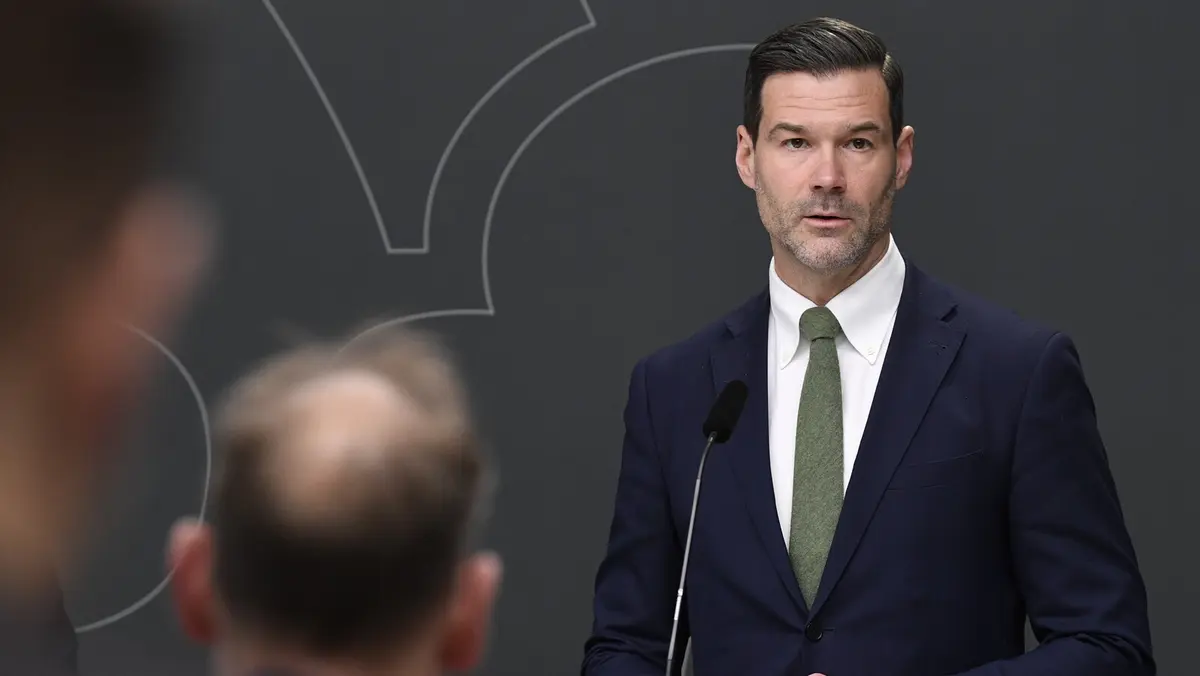It's about stimulating voluntary repatriation. Only one person used this last year (2023), says Migration Minister Johan Forssell (M) to TT in an interview conducted before the turn of the year.
It's obvious that more people in Sweden are interested in this.
Swedish migration policy has been significantly tightened since the refugee wave of 2015, which also led to the EU signing an agreement with Turkey to prevent immigration to the EU. Immigration to Sweden is now at its lowest level since 1997, and the government continues to propose measures to keep it down.
If immigration has now become so low – why is it then so important to get people to repatriate?
As an effect of our tightening, the number of asylum seekers has decreased. But it doesn't compensate for many years of asylum reception at a level that is higher than what Sweden can handle, says Forssell.
Danish model
The goal is to get more people with citizenship in other countries who have not established themselves in Sweden to leave the country. The plan to achieve this is to increase the repatriation grant – by up to 3,400 percent. From today's 10,000 to 350,000 kronor.
The proposal is based on a similar Danish model, where the maximum amount is 150,000 kronor. An investigation set up by the government dismissed the idea and estimated that it would only increase emigration by around 700 people – not significantly as the government wanted.
In the budget, 105 million has been allocated for next year – costs for information and administration. For 2026, when it is to take effect, 1.4 billion is budgeted.
It's a small cost compared to the large costs of poor integration, says the minister, pointing to the state's ongoing costs for support and benefits.
Phasing out
The calculations for cost and gain are very uncertain, but investigator Joakim Ruist believes that the Swedish state can make a profit in the long run due to reduced costs for various benefits. But it will take 15 years before it turns around, and the profit on a 25-year perspective is estimated to be 200 million per year.
If fewer people are interested in this support than we have calculated or allocated money for, the money will go to the state treasury. The resources can then be used for tax relief on work or something else important, says Forssell.
The issue is now being prepared in the government offices, and a national coordinator will be appointed. They will also look into how to avoid fraud and how a phasing-out model for couples or families who choose the grant will work.
The idea is not to automatically multiply the amount. You have lower costs if you live together. There will be a phasing-out, of course. Exactly how it will look, we'll take a closer look at.
Corrected: An earlier version of the text contained an incorrect percentage figure.
Number of people who have applied for and received repatriation grants from the Migration Agency:
2013: 9
2014: 3
2015: 8
2016: 6
2017: 2
2018: 4
2019: 2
2020: 4
2021: 0
2022: 2
2023: 1
Today's grant is 10,000 kronor per person and a maximum of 40,000 for a family. Introducing a repatriation grant of 350,000 kronor per person is estimated to mean that around 700 more people per year will emigrate. It will be introduced in 2026.
Source: Migration Agency and the investigation "Support for immigrants' emigration".





